On Oct. 29, 2019, video game developer Ninja Theory made a stunning and welcome announcement when it debuted its new initiative, The Insight Project. The studio is working with neuroscientists to use its knowledge of game design to develop new technology to help with mental suffering and promote well-being. You can watch a six-minute breakdown of the project below:
Ninja Theory developed Hellblade: Senua’s Sacrifice, one of the most powerful portrayals of mental illness in any visual medium. In addition to making a sequel to the game, the studio is using the technology it developed for the purpose of mental health research and treatment.
Video games are a tool and Ninja Theory is learning to apply them to a brand new trade, utilizing video game design to create a real-world resource. This piece explores the potential for games to cause meaningful change, what made Hellblade so revolutionary, where it fell short, and why The Insight Project is such an exciting endeavor.
How video games can shape minds
Since their inception, video games have placed players in the bodies of their protagonists. Developers went a step further with the design of roleplay games (RPGs). By presenting players with the opportunity to make choices that affect their journey, RPGs put them in the minds of their characters. For a long time, that decision-making was mostly surface level, and in a lot of games still is.
More recently, however, developers have sought to dig deeper. Titles like the 2013 interactive fiction game Depression Quest, last year’s Sea of Solitude, and 2018’s Celeste put players on journeys from the perspective of individuals with mental illness, such as anxiety or depression, and asking them to make decisions through these lenses.
Experience of Hellblade: Senua’s Sacrifice
Hellblade took interactive media to a whole new level by making players feel the protagonist’s psychosis. The visceral nature of Senua’s Sacrifice bridges a significant gap in the media’s portrayal of mental illness. Ninja Theory worked closely with neuroscientists, mental health professionals, and people who live with mental disorders in its attempt to accurately depict psychosis and present it to players in an honest way.
A note from the developers at the start of the game explains that they designed Senua’s Sacrifice to be played with a headset. When you follow their instructions, you quickly understand why. Hellblade‘s innovative binaural audio set up makes you feel surrounded, hearing voices all around you instead of just from your television or sound system. This design has one major flaw: emphasis on sound prevents people who are hard of hearing from getting the full experience of the game, which is a noteworthy accessibility barrier.
The voices you hear advise you, warn you, alarm you. Sometimes they lead you down the correct path; other times, when you heed their instructions, you find yourself even more lost. You don’t know who or what to trust. You can’t believe what you see, what you hear, or even what you think. The experience is genuinely frightening. Polygon described Senua’s Sacrifice as an audio nightmare.
How Hellblade reshaped scientific opinion
Joseph Fordham, M.A., and Christopher Ball, Ph.D., wrote Framing Mental Health Within Digital Games: An Exploratory Case Study of Hellblade, a comprehensive analysis into Senua’s Sacrifice and the power of video games to “promote empathetic understanding.” The study credits the game’s success at depicting psychosis to its unique design and the collaborative nature of Ninja Theory. It also emphasizes the value of the studio’s transparency through its development diary videos.
I interviewed Tyler McGlasson, a contributor to the study Losing Control: a Study of Video Game Addiction, which examines the negative impacts of video games on players’ mental health. Through this lens, McGlasson has a unique understanding of how they can be a powerful force for change.
As someone never diagnosed with a mental illness, McGlasson asked that his conceptions of how they are communicated in games or how those games are perceived by those who have a mental illness be taken with a grain of salt. With that in mind, read his thoughts on Hellblade:
Hellblade presented players with a level of visceral discomfort never before experienced in games. Players are exposed to both visual and auditory hallucinations throughout the game, constantly trying to decide what’s real and what’s not. The game strongly communicates a very real struggle that those who suffer from mental illness can’t always escape.
That being said, only so much can be conveyed through a game. In the words of a co-worker, “It’s like putting on beer goggles and being told this is what it’s like to be drunk. No, it isn’t. But it shares similarities.” We have to remain sensitive to the fact that those of us without mental illness won’t ever truly know what it’s like to live with one, no matter what a game can show.
While interactive experiences face their share of limitations, Senua’s Sacrifice received praise for its portrayal of psychosis and Ninja Theory was lauded for working with experts in its efforts to depict it accurately. The BBC reported how the experience of playing Hellblade mirrored an individual’s own psychosis. But, while the portrayal is considered accurate, at least from an academic standpoint, critics argue that Hellblade failed to show the whole picture of life with a mental illness.
Criticism of Hellblade and Ninja Theory
The Ninja Theory title faced backlash for how it gamified the Senua’s mental illness. MIC‘s Jason Faulkner condemns Hellblade for using mental illness as a plot device and for presenting the symptom of an illness — psychosis — rather than the illness itself (schizophrenia). Faulkner argues that the symbolic representation of the disorder as Norse mythology-inspired hallucinations overshadows later revelations that focus on the protagonist’s real-world affliction. In his words,
Senua is a great character, and Ninja Theory did an admirable job attempting to portray the complexities of psychosis, but the game fails to help people truly understand its nature.
Game critic and CapsuleCrit founder Dia Lacina wrote a powerful rebuke of Senua’s Sacrifice, stating that it “invalidates the experiences of people with mental illness at nearly every turn.” While playing the game, she said she found herself deeply frustrated by how the game prioritized imitating psychosis over presenting it within its social context. Similarly to Faulkner, she wrote, “We need games that seek to understand, and not just simulate.”
Hellblade seemed to have a more positive impact on players who haven’t experienced psychosis. In line with the case study’s conclusion that Senua’s Sacrifice promotes empathetic understanding, multiple reviewers expressed that the title helped them sympathize with others’ experiences.
Ninja Theory never made a public statement addressing Hellblade‘s criticism, which is unfortunate. But its most recent announcement suggests that the studio listened to the feedback it received and took it to heart. Though Ninja Theory is developing a sequel to Senua’s Sacrifice which still incorporates fantasy elements, the studio is also at work on its virtual reality project, Project: Mara.
Today, we are announcing Project: Mara, our new in-development experimental title that explores new ways of storytelling, and we’re excited to share the first details with you.
Project: Mara will be a real-world and grounded representation of mental terror. Based on real lived experience accounts and in-depth research, our aim is to recreate the horrors of the mind as accurately and realistically as possible. Project: Mara will be an experimental title and a showcase of what could become a new storytelling medium.
You can view a teaser for Project: Mara below.
Project: Mara may be a sign that Ninja Theory understands where it went wrong in its narrow depiction of mental suffering, and wants to do right by the community who pointed out Hellblade’s flaws.
While its faults remind us of how much further society has to go, Hellblade was a landmark moment for the depiction of mental illness in media. It changed how mental health professionals view games and how interactive experiences can convey mental illness.
The potential of The Insight Project
For decades, video games have served important purposes beyond entertainment. Though often referred to as simulators, electronic educational tools are interactive digital experiences, just like video games.
Flight sims turn people into pilots. Surgery simulations prepare doctors to perform life-saving operations. The military even hired video game developers to make games that prepare soldiers for active combat, though that was to mixed results. Hellblade shows the ability of video games to mirror mental illness, which may be a precursor to interactive experiences that directly assist people with psychosis and other symptoms or disorders.
Ninja Theory’s video and press release explain that the goal of The Insight Project is to “give people the ability to see, engage with, and perhaps even overcome their fears and anxieties.” As with Senua’s Sacrifice, the team is collaborating with neuroscientists and mental health professionals to understand how to most effectively and appropriately convey mental suffering.
Unlike Hellblade, The Insight Project isn’t constrained by the trappings of a video game. Hopefully, that will allow the team to focus more on educating its participants on the social context of mental disorders. The response to Ninja Theory’s game suggests that the team still has a lot to learn about representing and, consequently, treating mental suffering. Project: Mara suggests the studio is heading in the right direction, but it has a lot more to prove.
What Ninja Theory has shared about The Insight Project suggests that the initiative uses tenets of exposure therapy. Hellblade displays Ninja Theory’s ability to expose users to the experience of mental suffering. But the patients will also need counseling before and after re-exposure to their fears and traumas. Beyond technology, the team has to understand how important that therapeutical work is to The Insight Project’s success
The Insight Project also has to carefully screen potential participants in its studies. Studies suggest that exposure therapy has high success rates, but the form of therapy also has the potential to re-traumatize patients and worsen their current symptoms. Slate published a story in 2015 about how prolonged exposure therapy intensified many veterans’ PTSD. If The Insight Project carries similar risks to exposure therapy, the team has a duty to do everything in its power to determine which applicants will benefit from the program and which should seek other forms of treatment.
No one has ever attempted something like The Insight Project, so it’s impossible to know whether or not it will achieve its goals. Here’s what Tyler McGlasson had to say on the subject:
It’s impossible to know how successful they’ll be because they’re trying something that, to our knowledge, has never been done. Using VR technology to trick a person’s mind into an experience is a new and interesting tactic that will hopefully help recipients overcome their mental illness effectively.
The Insight Project appears to be a significant leap forward for interactive media in how it utilizes technology which has primarily been used to develop video games and other entertainment. We may have to wait years before learning whether or not The Insight Project proves successful, but its very existence speaks to the rapid evolution of interactive media. They’ve grown from video games to educational experiences to real-world resources that hold the potential to change lives. The announcement of The Insight Project may lead the way for even more innovation, utilizing the technology powering our favorite video games as a force for good.


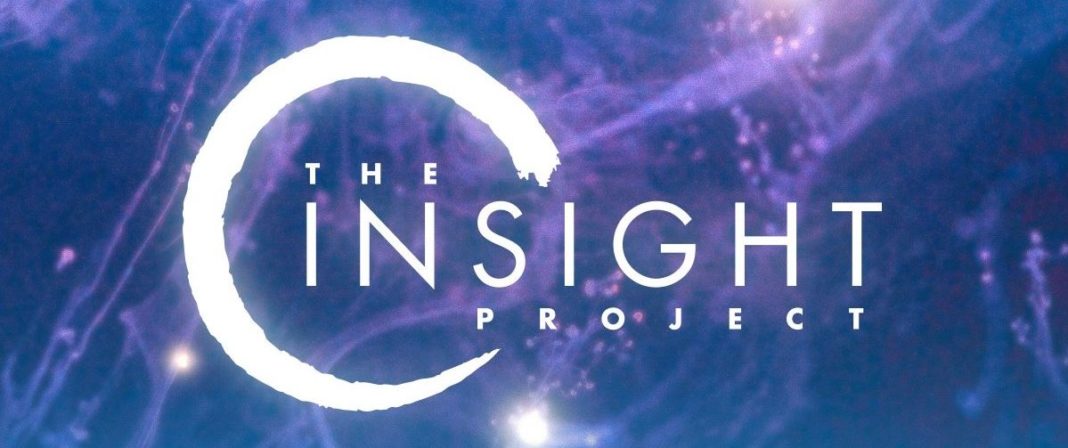


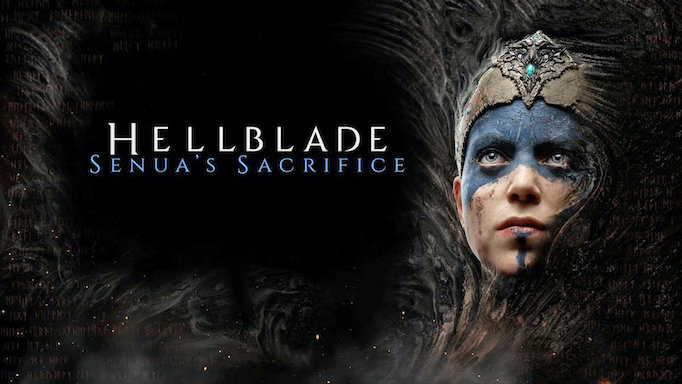
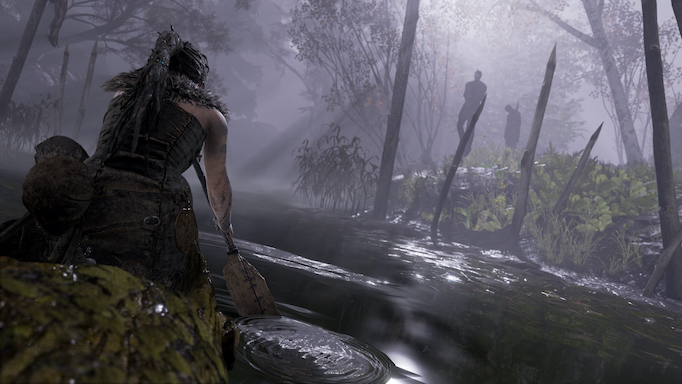
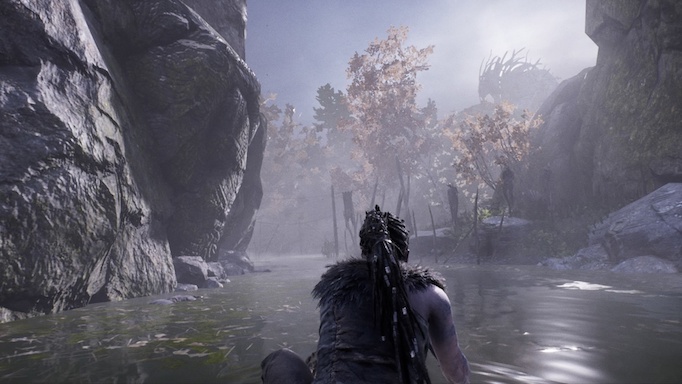
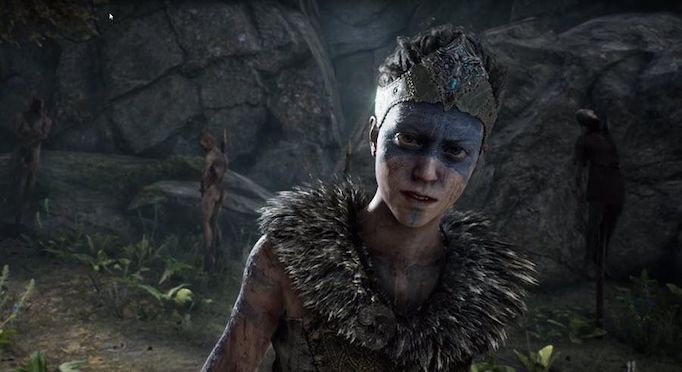







If only this had been available for Gamergaters a few years ago …
lucky I found this. I will wait for the day it releases, this will be so cool
Comments are closed.